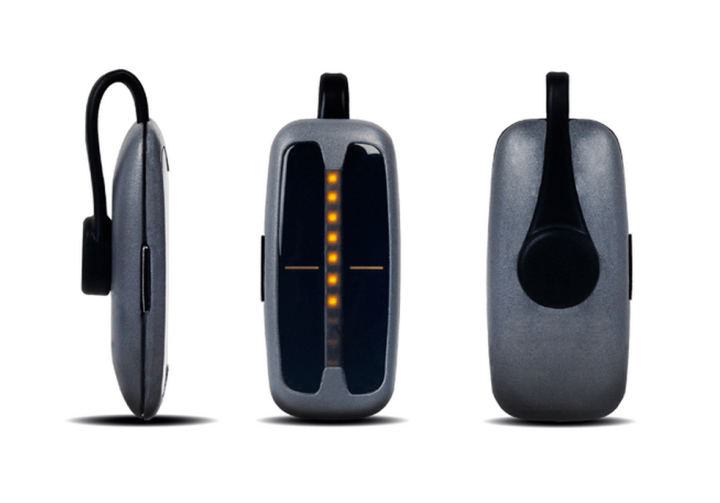
You might not realize it, but the amount of sunlight you’re exposed to every day has a huge impact on both your physical and mental well being. Take Seasonal Affective Disorder for example. It’s been scientifically proven that people tend to get depressed and feel lethargic if they go too long without adequate sun exposure. It’s also been proven that sunlight plays a crucial role in regulating your sleeping/waking cycle, so getting outside and soaking up some rays isn’t just a good idea, it’s crucial.
The only problem is that as the world becomes more and more digital, many of us spend more of our days indoors. For this reason, it’s difficult to tell if you’re getting enough sunlight each day, but if SunSprite –a new project on IndieGoGo– reaches its funding goal, this problem might be a thing of the past
Think of SunSprite like a Fitbit, but instead of giving you daily goals for the number of steps you take, it gives you a daily sunlight intake goal. Just clip it onto your clothing and go about your day — embedded light sensors will passively take readings on the amount of visible and UV light you’re exposed to, and let you know how close you are to attaining your daily goal via a low-power LED meter. If you want more detailed analytics on the quantity and quality of light you’re getting, just fire up the accompanying app. SunSprite syncs to your phone wirelessly via Bluetooth LE to give you real time info on how intense the light is, and can even give you alerts if you’re on the verge of getting a sunburn.
And best of all, you don’t need to charge this thing. Ever. SunSprite’s simple sensors get their power from a small, high-efficiency solar cell array on the device’s surface. According to creator Edward Likovich, just a few minutes of sunlight is enough to power the device for an entire week, so even if you leave your cave for an hour a day or less, it’ll still work.
SunSprite launched its IndieGoGo campaign toward the end of last month, but it’s already just a couple hundred dollars away from meeting its $50,000 funding goal. If you back the project now, you can lock one down for about $100 bucks — $50 less than what it’ll retail for later on down the road. Find out more here.
Editors' Recommendations
- Awesome Tech You Can’t Buy Yet: Ultrafast toothbrushes and a laptop/phone hybrid
- Forget ice — this cooler harnesses the power of the sun to chill your food




